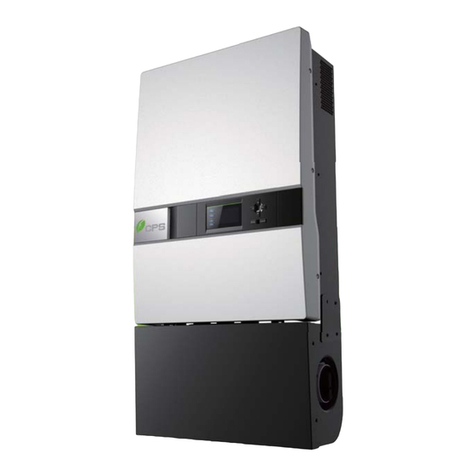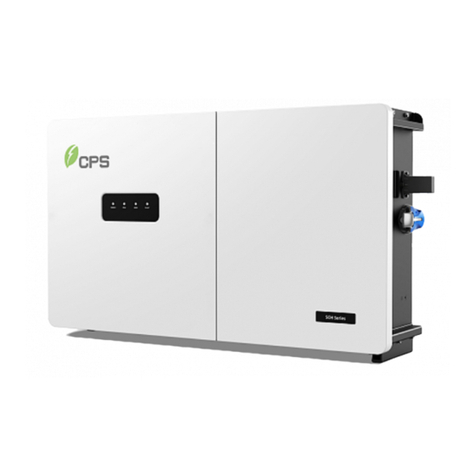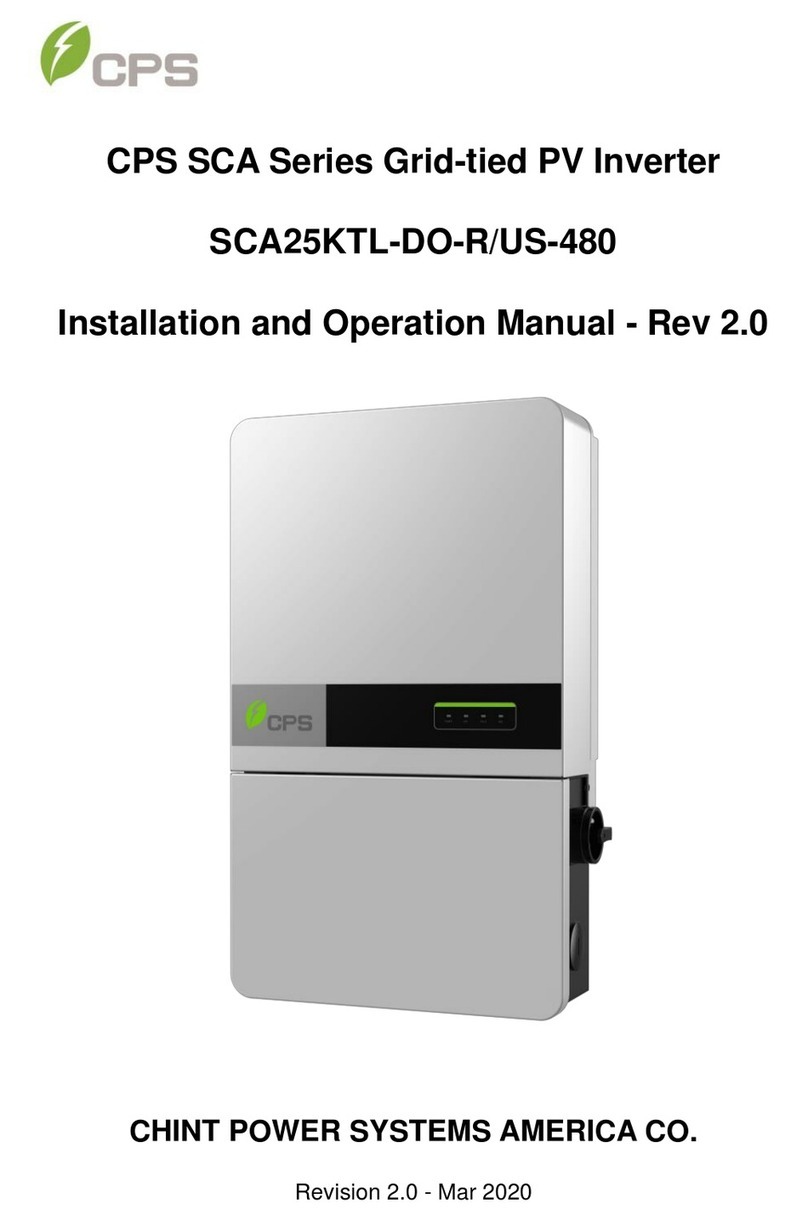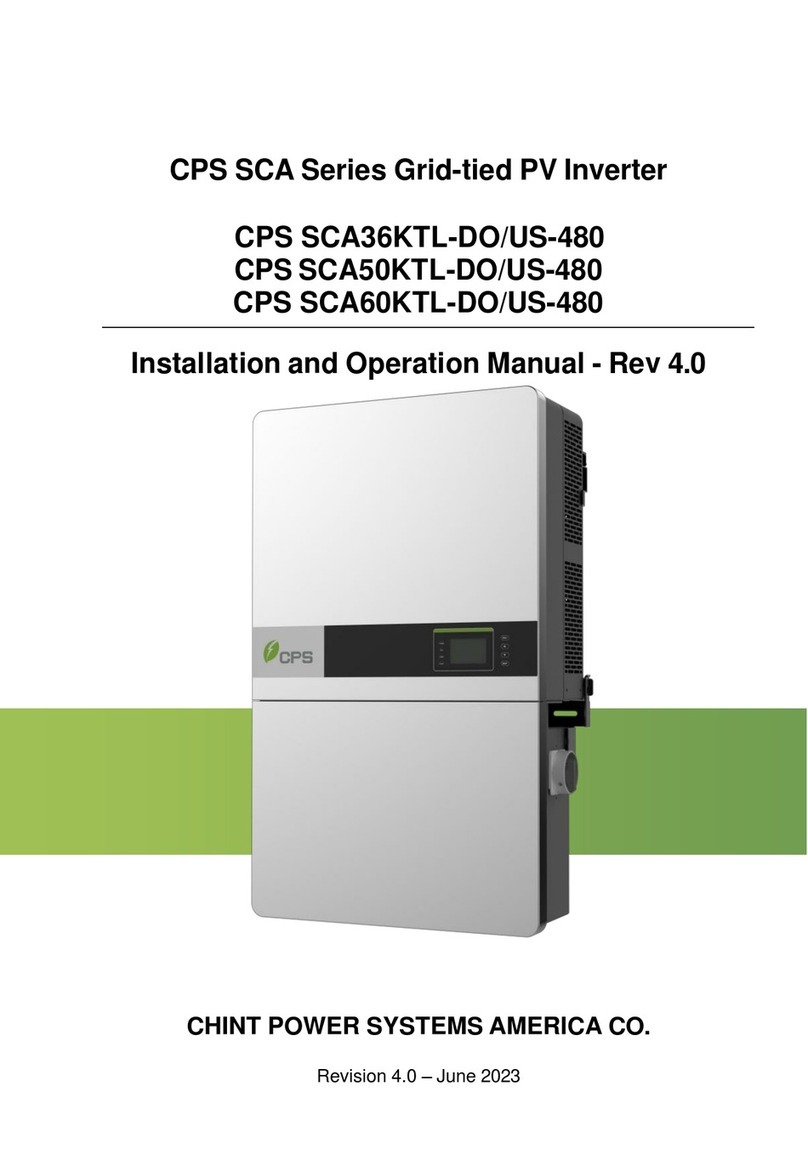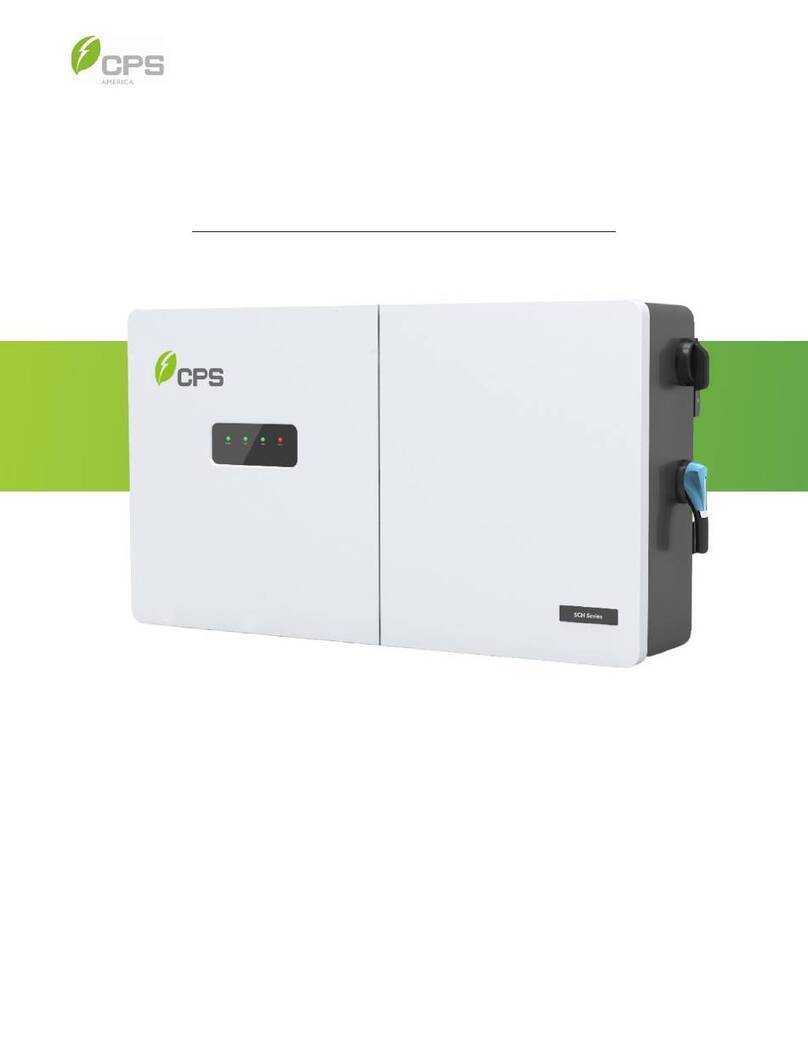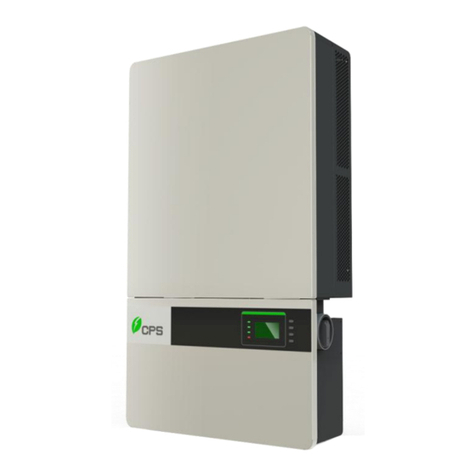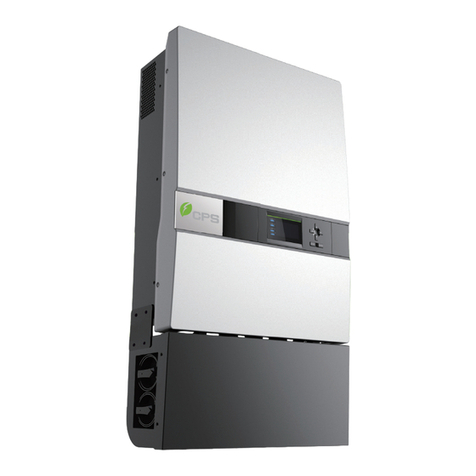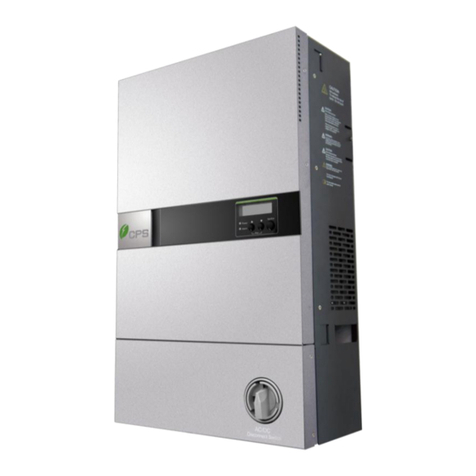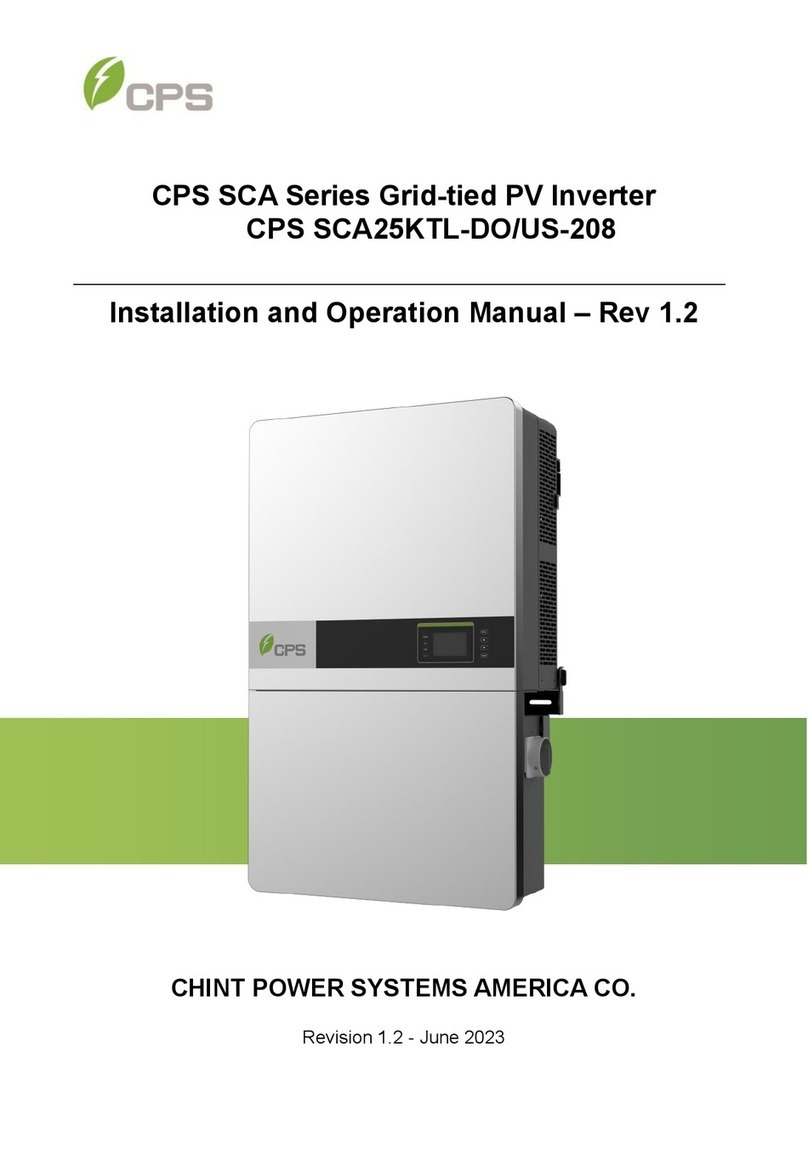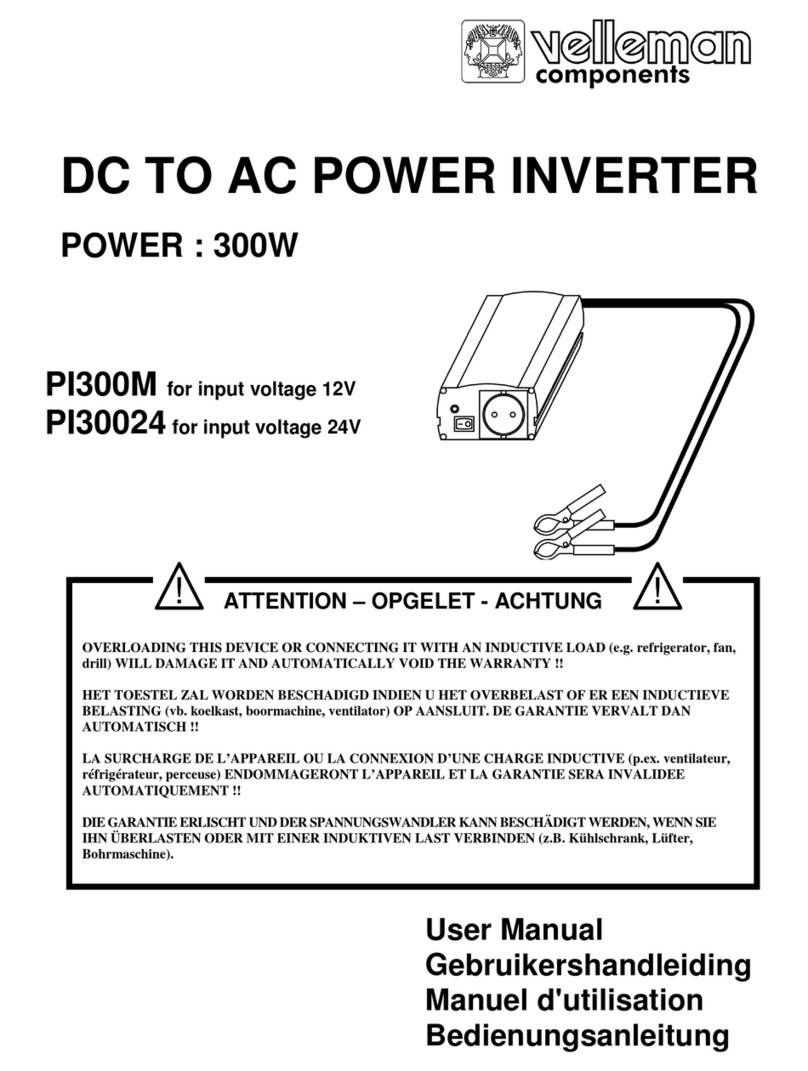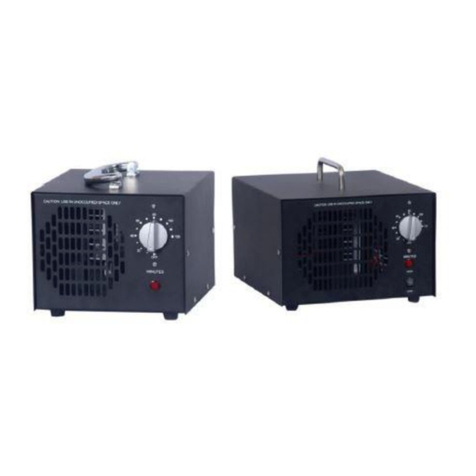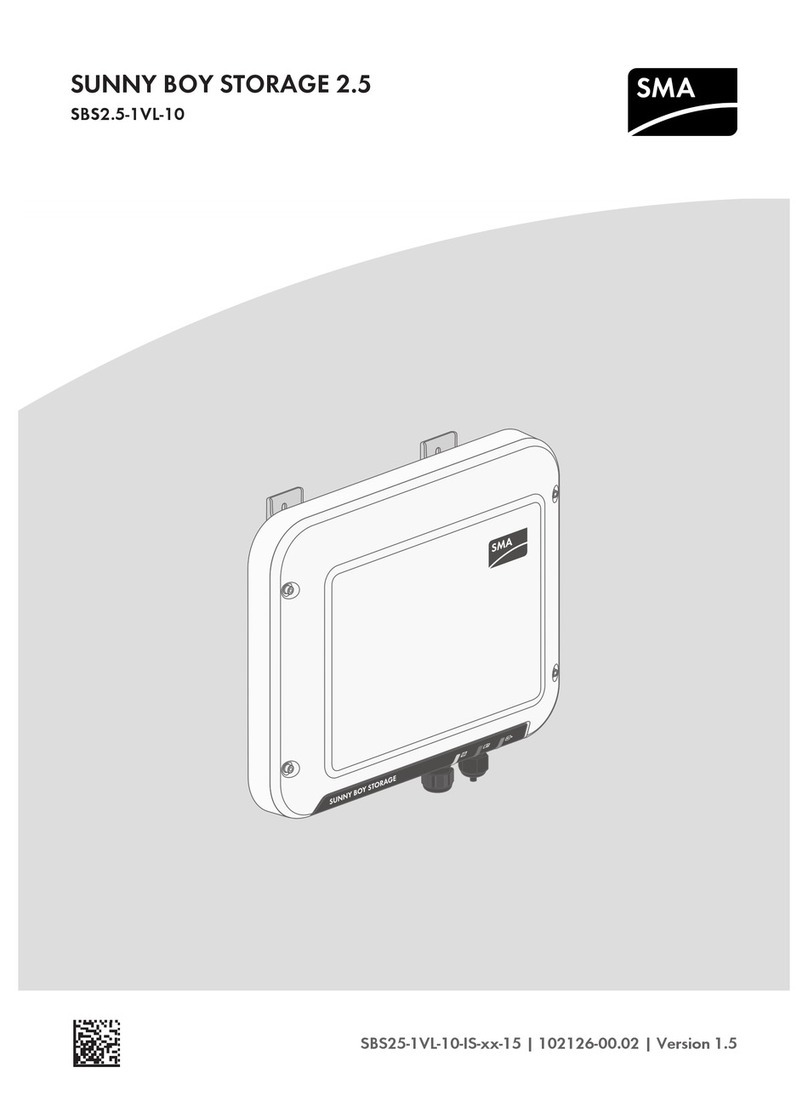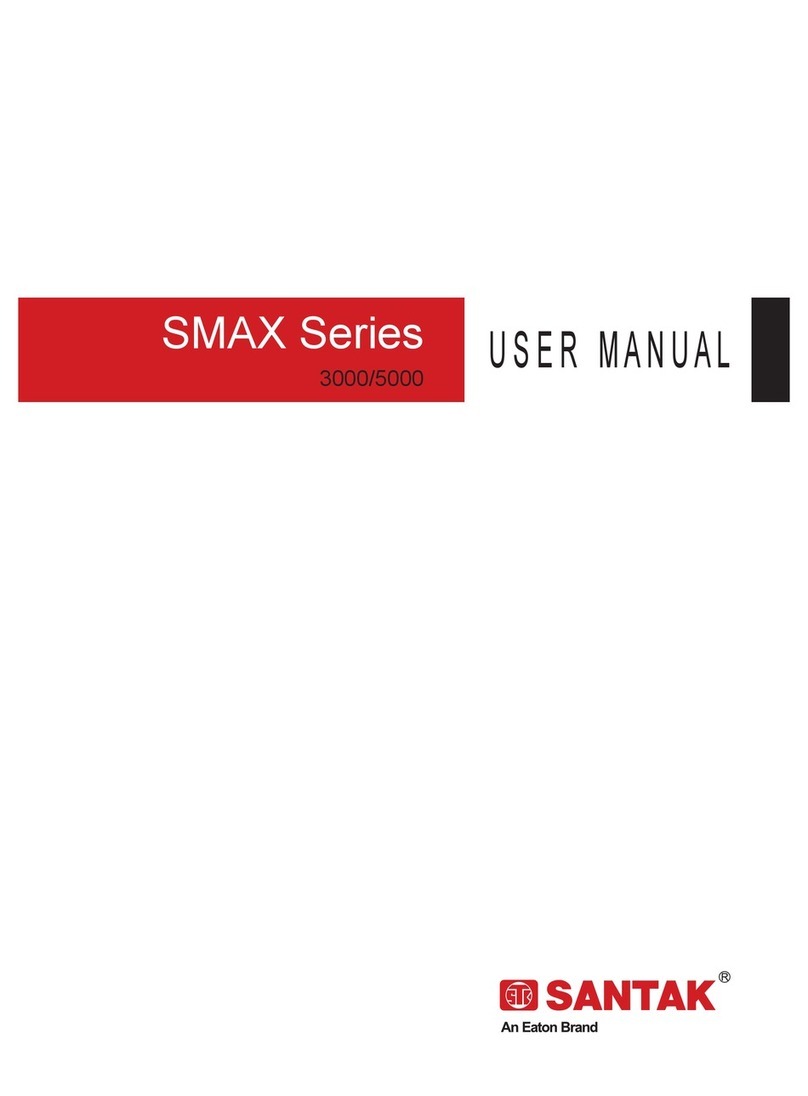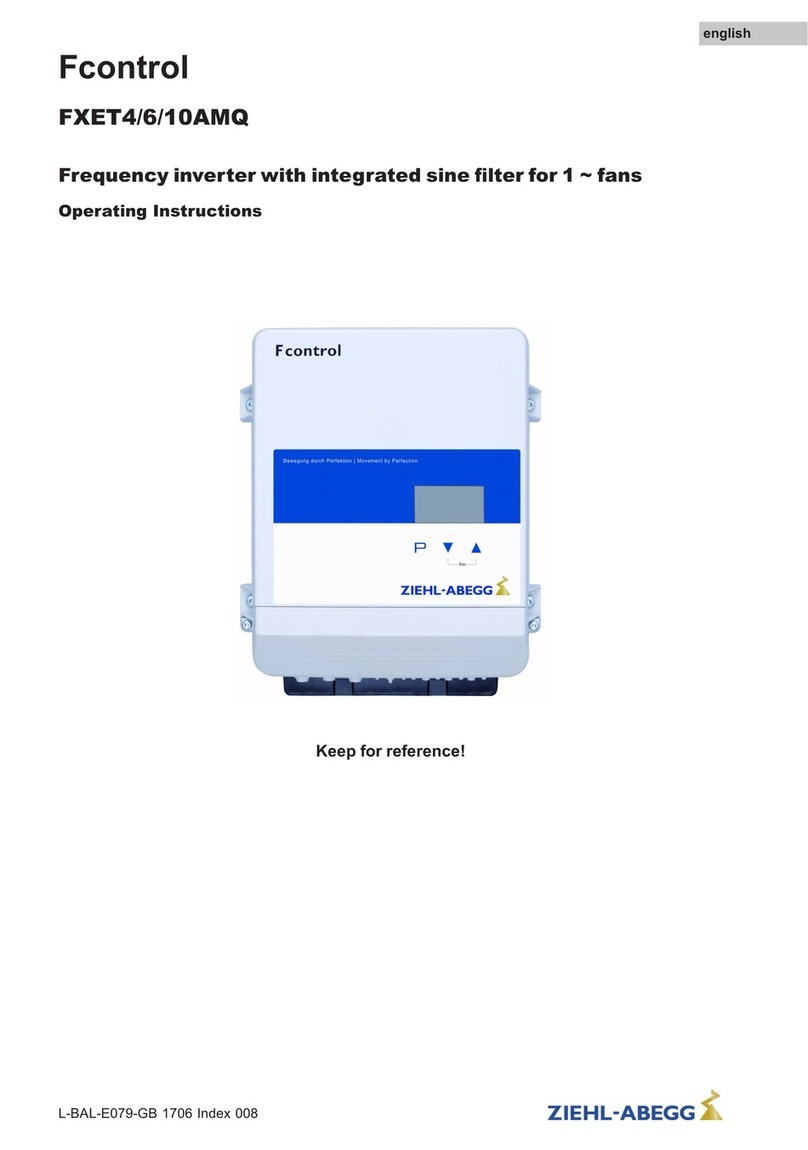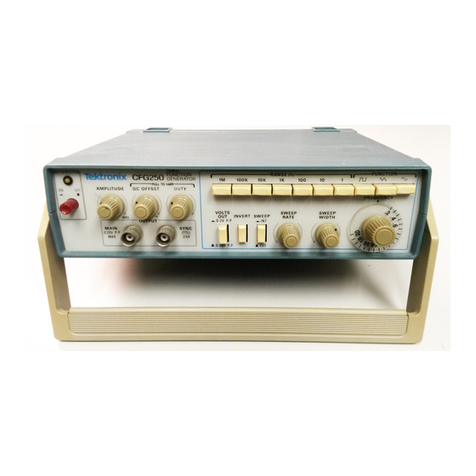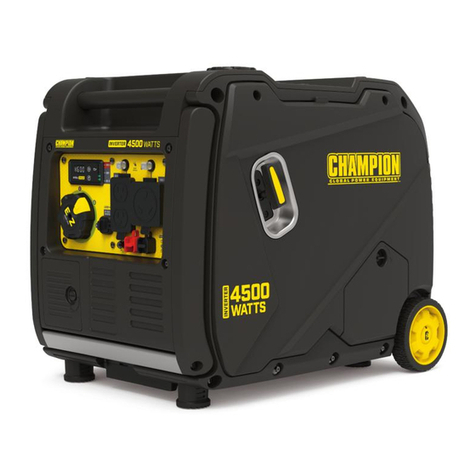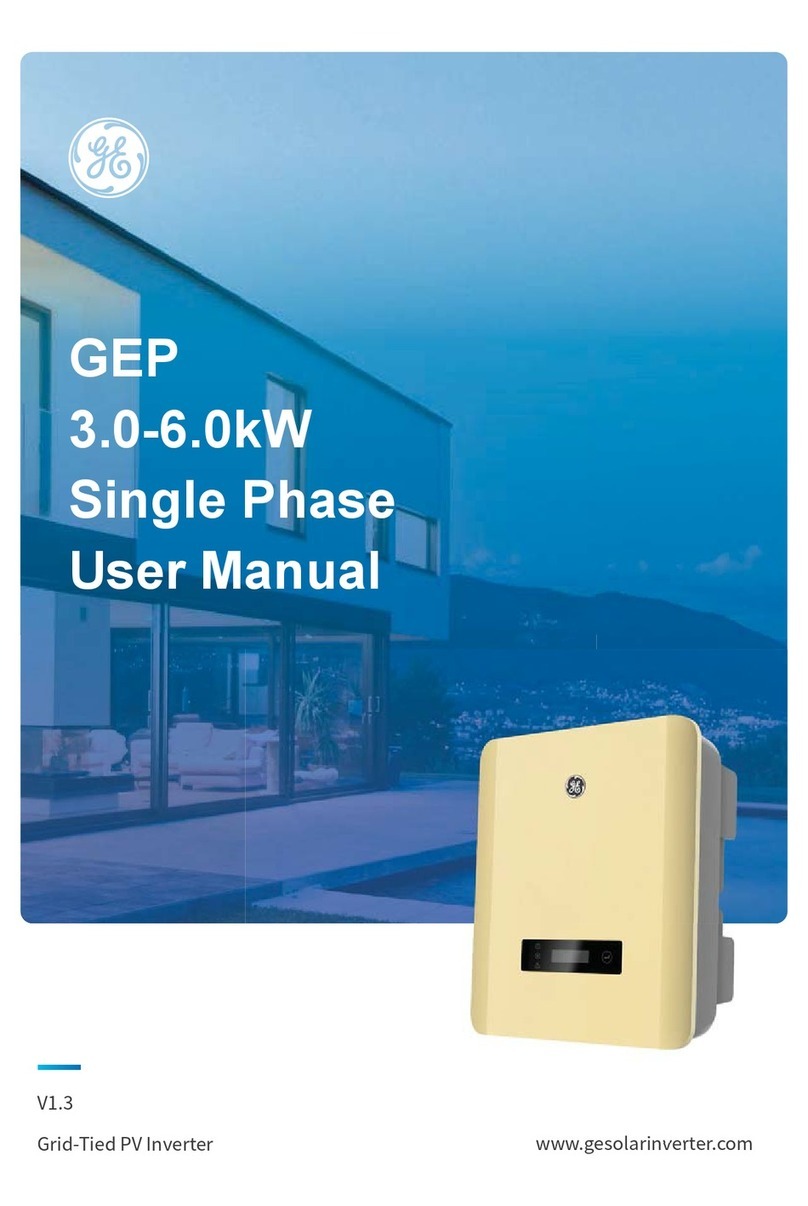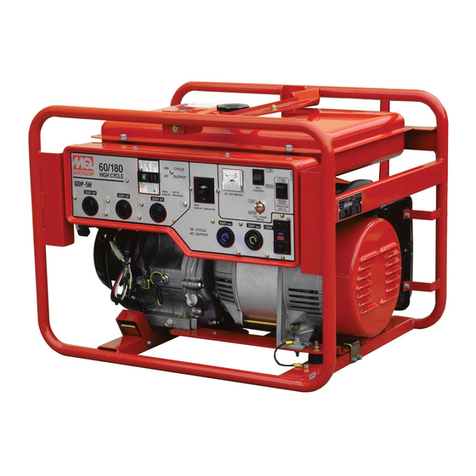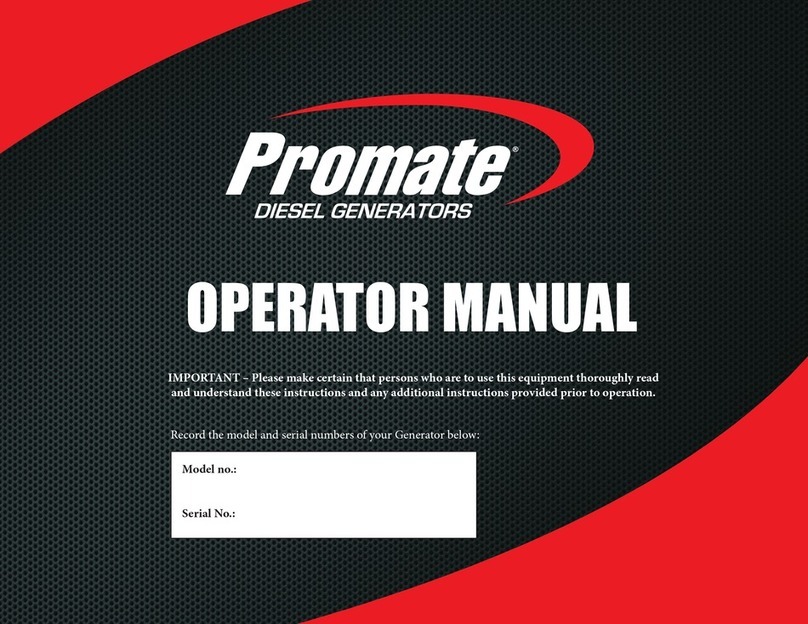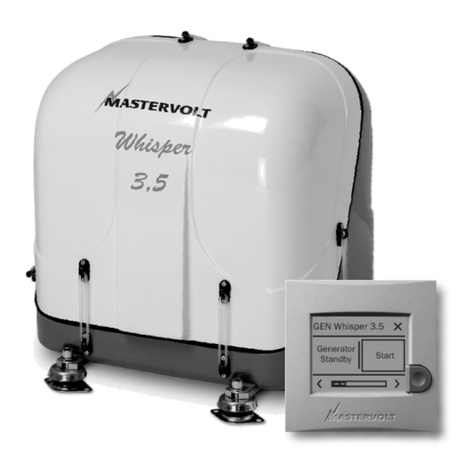Table of Contents
2 / 79
Table of Contents
0Preface.................................................................................... 4
1IMPORTANT SAFETY INSTRUCTIONS................................ 5
Warnings and Symbols in this Document..........................................5
Markings on the Product ...................................................................6
Safety Instructions of Operating the PV Inverter ...............................7
2Product Introduction........................................................... 10
Inverter for Grid-tied PV Systems....................................................10
Product Appearance and Dimensions............................................. 10
Product Features............................................................................. 11
Product Protection Functions .......................................................... 11
Smart Inverter Functions and Default Activation ............................. 12
Anti-islanding Detection ..................................................................12
Surge Suppression..........................................................................12
3Mechanical Installation ....................................................... 13
Unpacking for Inspection.................................................................13
Installation Precautions................................................................... 14
Installation Requirements................................................................15
3.3.1 Environment Requirements ....................................................15
3.3.2 Installation Modes................................................................... 15
3.3.3 Space Requirements ..............................................................15
Installation Procedures.................................................................... 16
3.4.1 Install the Inverter ...................................................................16
3.4.2 Install the WIFI Module........................................................... 19
4Electrical Connection.......................................................... 20
Schematic Diagram and Circuit Design........................................... 20
Cable Specifications........................................................................ 20
Tools Required and Torque Values..................................................21
Connect Interfaces and Connection Points .....................................21
4.4.1 Connection Interfaces.............................................................21
4.4.2 Internal Connection Points......................................................22
Electrical Cable Connection ............................................................ 23
4.5.1 Grounding............................................................................... 23
4.5.2 AC Wiring ...............................................................................24
4.5.3 DC Wiring ...............................................................................26
Communication Cable Connection..................................................29
4.6.1 Communication Board ............................................................ 29
4.6.2 Communication Cable Connection ......................................... 30
5Commissioning.................................................................... 32
